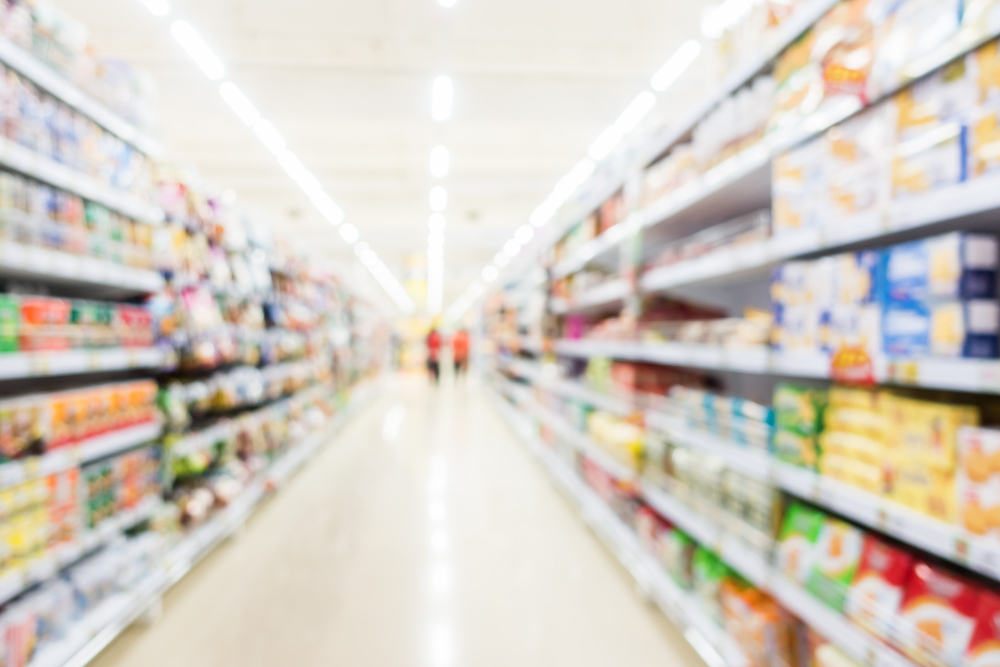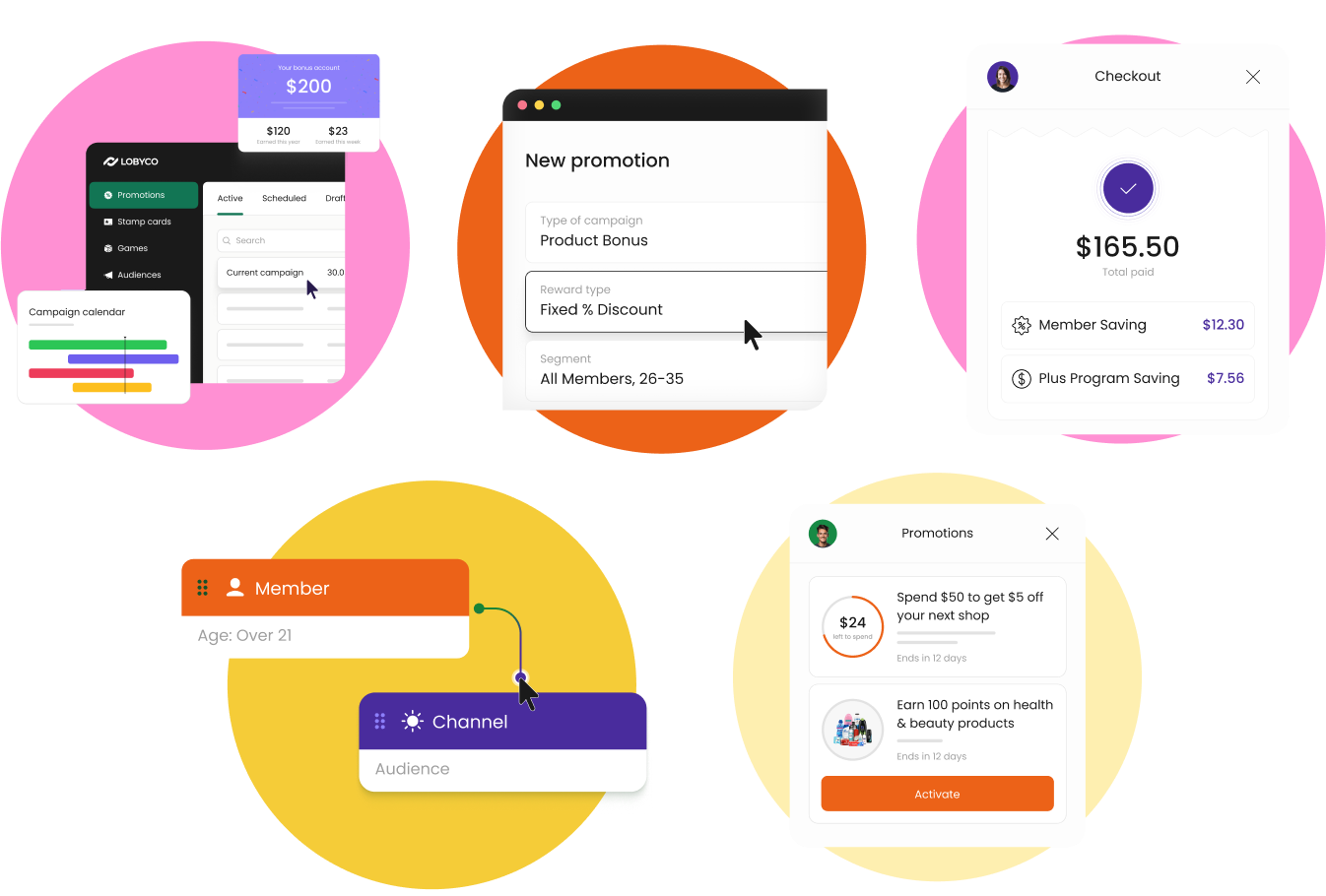Targeted promotions to become more personalised
The rise of inflation and its meaning in Grocery Retail
We are in a time where inflation has established itself as a legitimate cause for consumers to take a step back and consider what to shop–and where to shop. Rising inflation effectively lowers wages, which drives consumers to be more price sensitive. Research has shown, that 52% of low- and middle-income Americans seek more promotions to save money as response to high inflation. This also causes them to show less loyalty to one or a few retailers, as they go to the retailer with the lowest promotions.
Is Mass Promotions outdated?
In Grocery Retail, inflation among other things, can be a problem for the analogue retailer with an insufficient digital ecosystem, as they are limited to the traditional mass promotions to attract consumers’ attention in a digitalised world, where 93% of grocery shoppers thinks it’s important for loyalty programs to feature personalisation (Lobyco Grocery Pulse, 2024). This can ultimately limit their possibility to drive traffic to their store, forcing them to lower prices across consumer segments, which reduces return on promotional spend. Mass promotions lower margins, and promotions are often quickly matched by competitors which create a negative spiral of promotions.
The transformation to Targeted Promotions (Personalisation)
At Lobyco, we believe grocery retailers should shift from mass promotions to targeted promotions. Retailers that have gone more digital can personalise offers and reward consumers with relevant offers, without having to lower prices across different segments. Personalised offers are attractive to consumers who receive tempting offers on their favourite products. It’s also very attractive to grocery retailers, as personalising your costumers’ favourite products can increase traffic in your store–without lowering margins across segment. Personalising and creating targeted promotions is a win–win situation for both costumer and retailer, which should be a must-have in the digitalised world.







